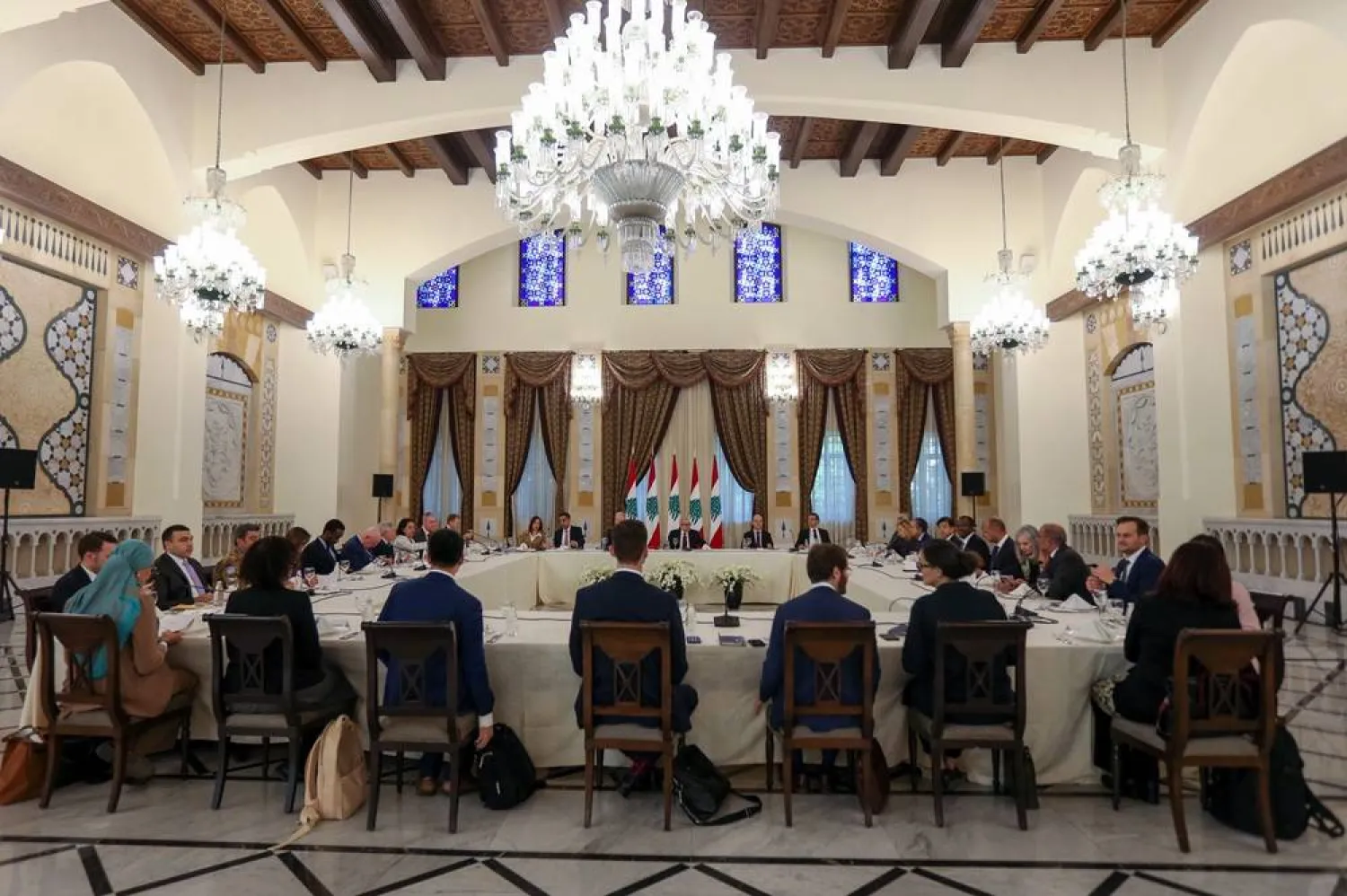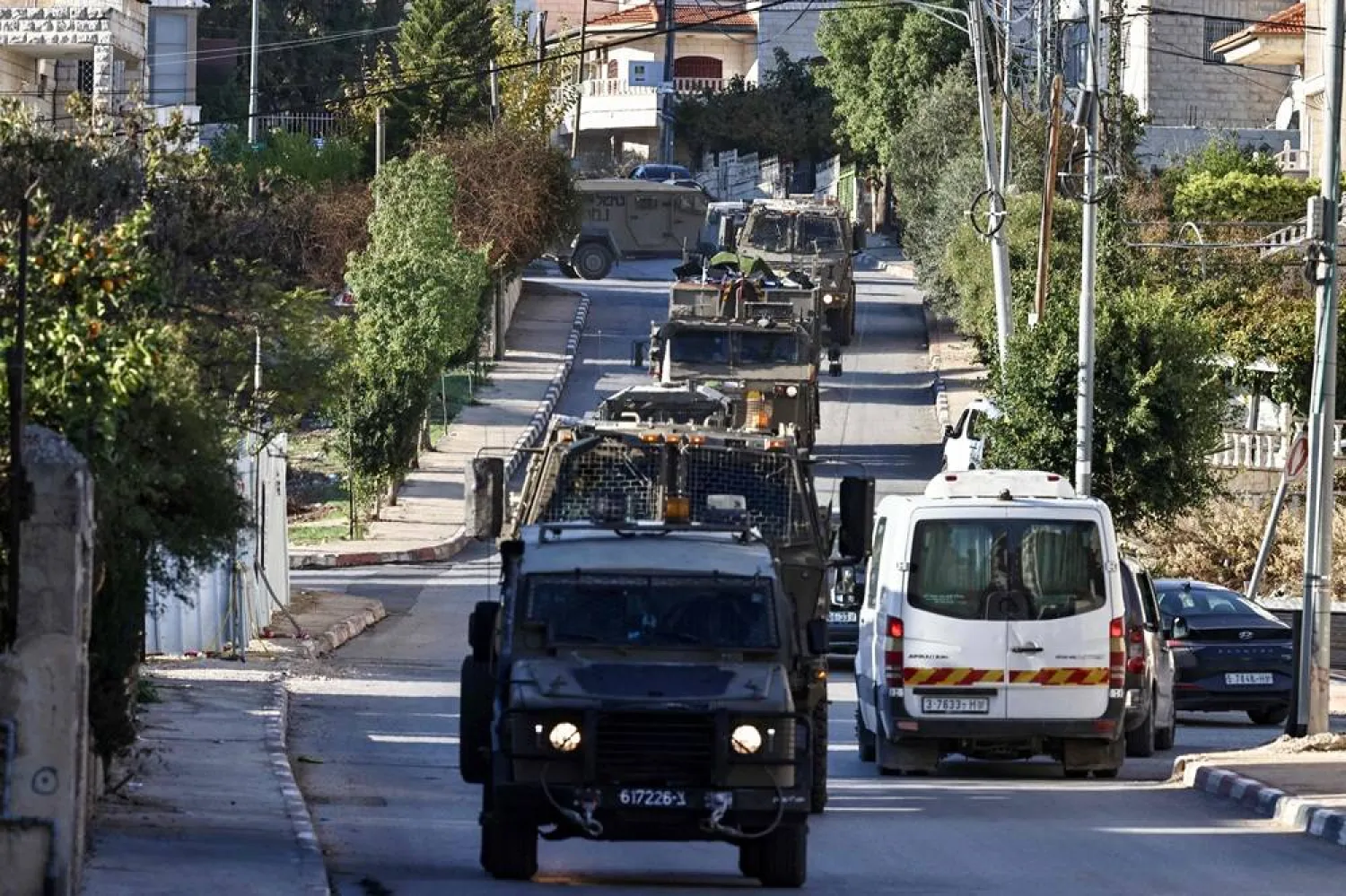The Syrian Democratic Forces (SDF) transferred over 1,000 ISIS detainees from the prison it operates in the town of Al-Shadadi, located south of Syria’s Hasakah governorate, informed sources reported.
ISIS inmates were taken to a maximum-security prison that was built with US and UK funding. The UK alone has spent $20 million to construct fortified jails in Syria.
The operation came around 45 days after the transfer of ISIS terrorists who had declared an armed rebellion in Al-Sinaa prison, south of Hasakah, to other, safer prisons far from the Turkish border.
A senior military official said that the forces had already transferred about 1,200 members of the terrorist organization amid strict security measures and in coordination with the US army forces and the International Coalition.
They were taken from Al-Shadadi’s prison, where security gaps were discovered, to a facility east of Hasakah.
However, the military official did not name the area to which the terrorists were taken.
“Those transferred come from Syrian, Iraqi, and foreign nationalities,” the official pointed out under the conditions of anonymity.
They also recalled how the bloody January attack on Hasakah prison had reminded world governments that ISIS loyalists are still capable of staging large-scale attacks to spread fear and terror.
Despite persistent intelligence warnings against ISIS militants’ ability to conduct similar assaults on prisons holding over 10,000 terror suspects, the attack took place.
“Failure to resolve the fate of these terrorists, and the protracted period of their indefinite detention in camps may increase the possibility of ISIS’ regrouping and recruiting more elements amid the current conditions in the region,” warned the official.
They also warned that Al-Sinaa prison had witnessed repeated insurrections during the past year, the most recent of which was an armed rebellion last January. The riot had demonstrated the adaptive ability of extremists when it comes to changes and strict security conditions in prisons.
The international community’s failure to plan for resettlement, reintegration, and prosecution had also played a part in the status quo.
The rebellion at Al-Sinaa confirmed that ISIS cells, whose elements were supposed to stay behind bars of fortified prisons, are still capable of launching coordinated and terrorist attacks.
It is noteworthy that Al-Shadadi and Al-Sinaa prisons are among seven old facilities housing thousands of ISIS members.
The US-led International Coalition had built three modern prisons, including a new jail adjacent to Al-Sinaa. It is likely that the children of ISIS militants will be transferred to the new building soon, with the opening of rehabilitation and educational centers and vocational training courses.
Al-Sinaa prison alone lodges around 3,500 ISIS members who come from 50 Western, Arab, and Russian nationalities.
Moreover, 700 of the 3,500 prisoners are minors who were recruited by the terror group or had a father who fought alongside ISIS.
Each of the United Nations, UNICEF, and Human Rights Watch had called for the transfer of these minors to disciplined prisons and special juvenile centers. In press releases, these world organizations condemned the conditions of detainees in Al-Sinaa prison.
They said that conditions in Al-Sinaa are often inhumane and life-threatening. The facility was characterized by severe overcrowding.









